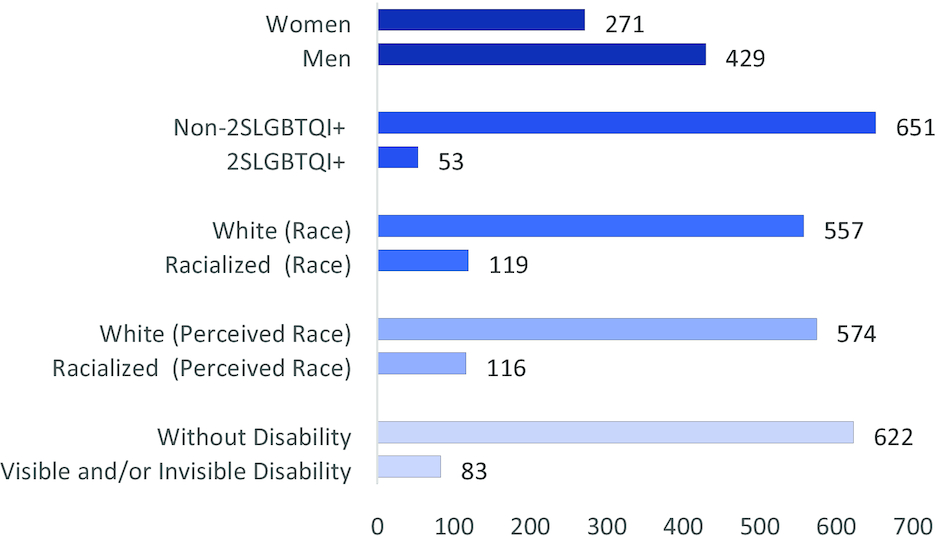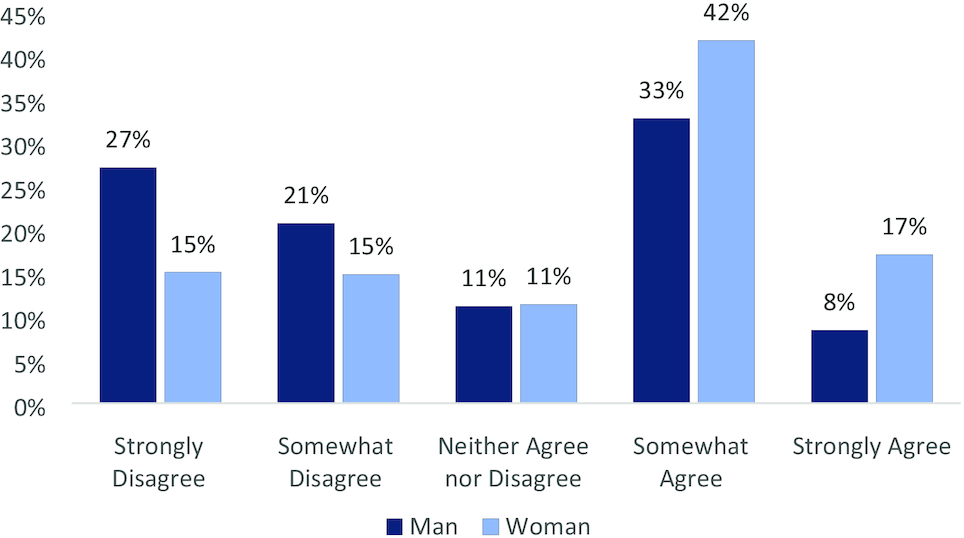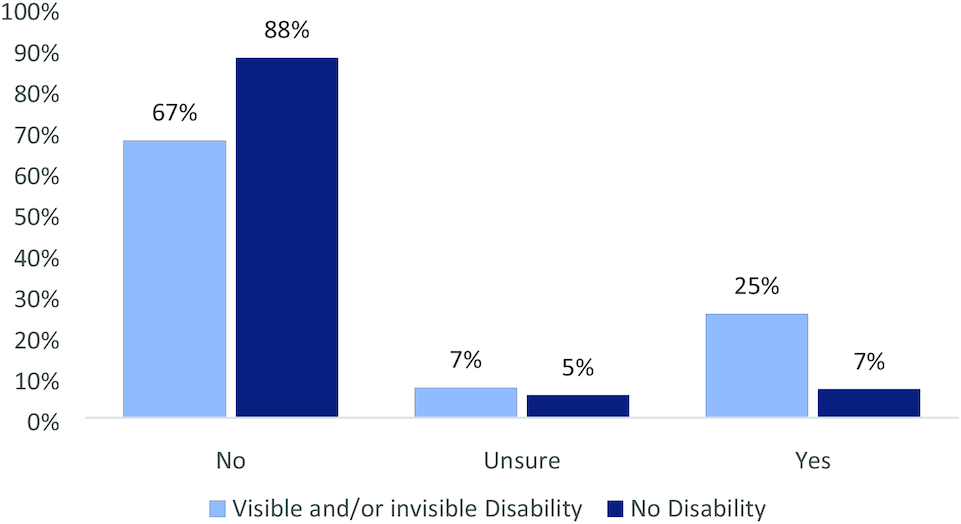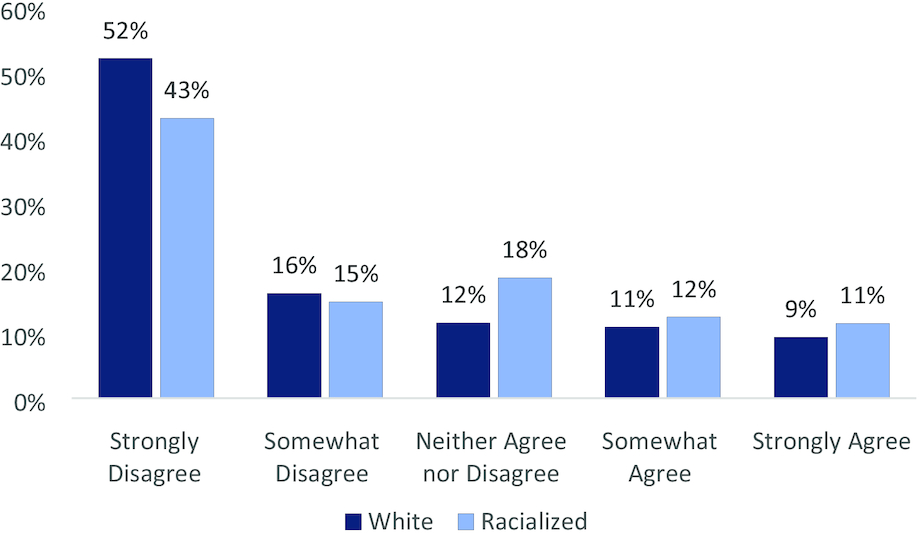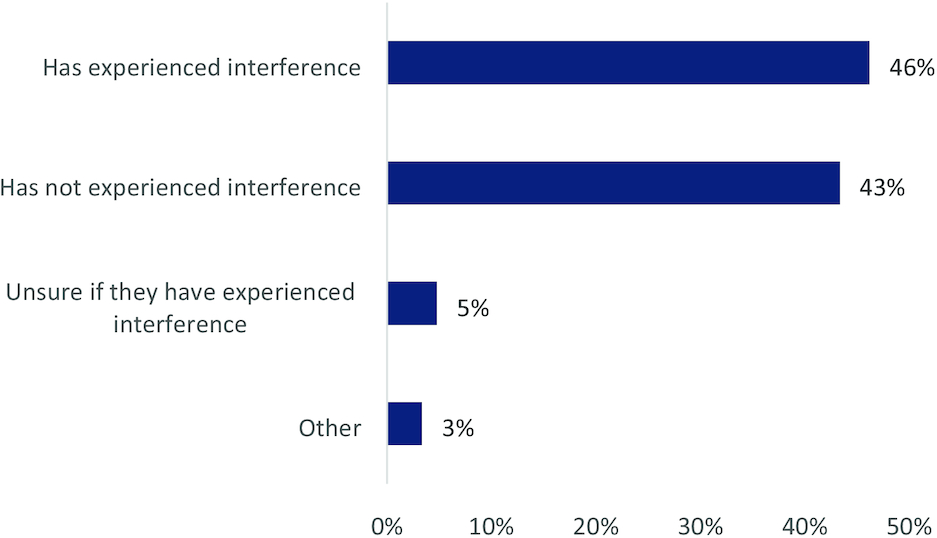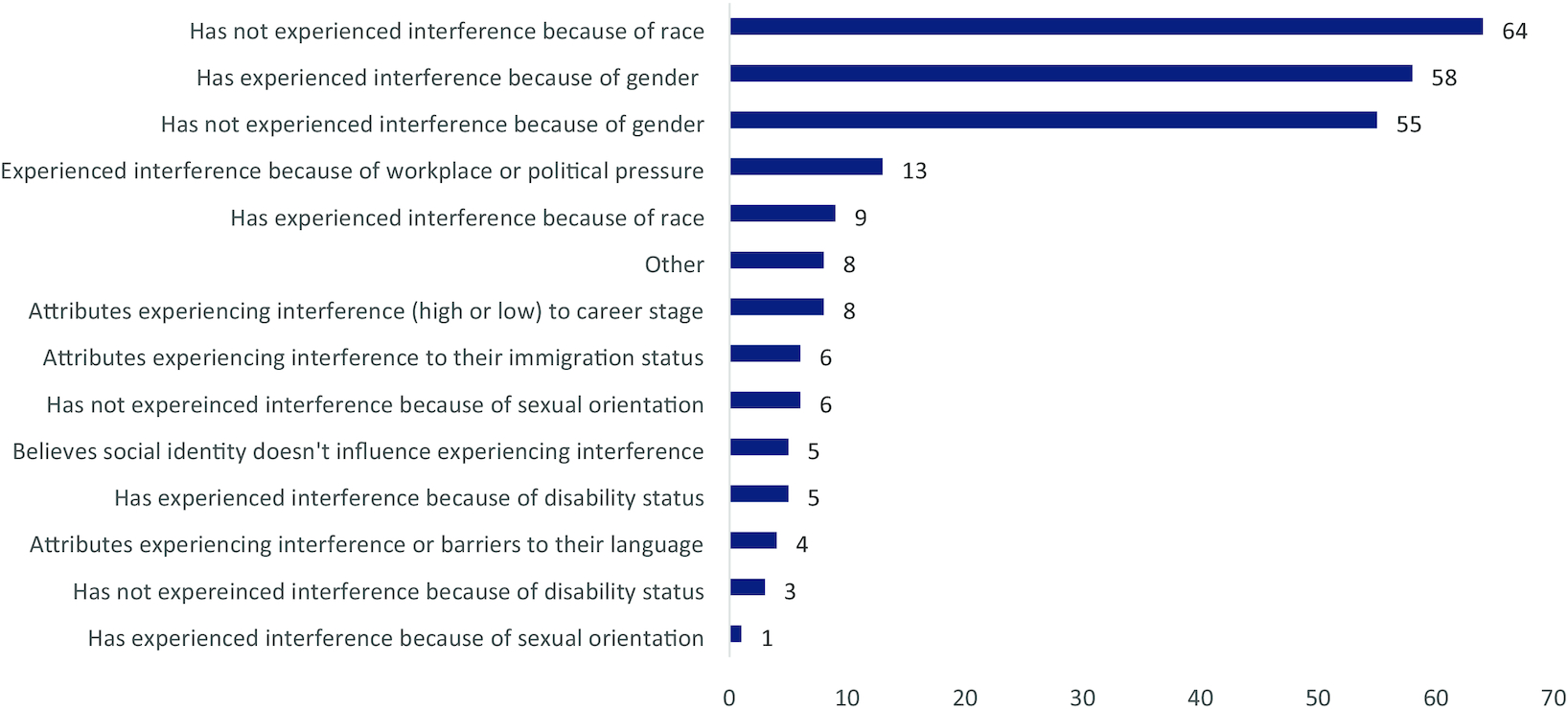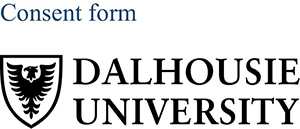Consent form
INTERFERENCE IN CANADIAN SCIENCE: DOCUMENTING SCIENTISTS' PERCEPTIONS OF THEIR ABILITY TO CONDUCT AND COMMUNICATE ENVIRONMENTAL RESEARCH
[Versioning: after receiving ethics approval, add the date of approval and the consent form version number. The first approved version is v1.0. If subsequent amendments to the consent form are requested and approved, the date of approval and version number (e.g., v2.0) must be updated.]
Who is conducting this study? This research study is being conducted by MER (MES candidate) and ARW (assistant professor) at the School of Resource and Environment Studies at Dalhousie University. The research is primarily funded by Dalhousie University through the Dean's Collaborative Research Grant.
What is the study about? The purpose of this study is to document the ability of researchers in environmental studies and sciences to conduct and communicate their scientific research. The study is funded by Dalhousie University.
What do I have to do? If you choose to participate, you will be asked to anonymously answer questions to inform the research team about your perspectives on interference with research on environmental sciences or studies. We will also ask for your demographic information.
All responses are anonymous.
Is my participation voluntary? Your participation in this research is entirely your choice. There are no right or wrong answers, our aim is to understand your perspective on the issue of interference. Excerpts from responses to long-form survey questions may be used in the report, only if the information could not possibly reveal the identity of the response author. You may choose “prefer not to answer” where applicable and may stop the survey at any time by closing the browser window. Recorded responses cannot be deleted after submitting the survey as they are anonymous. If you do not submit your responses by clicking ‘Submit” at the end of the survey, your responses will be deleted from the data set.
The survey should take approximately 25–30 min to complete.
What will happen to my responses? The findings of the research will be shared anonymously and in aggregate via theses, peer-reviewed papers, summary graphics for social media, news releases, and presentations. Your demographic data may also be shared with the scientific societies that you indicate membership to, if they disseminated the survey to you and requested the data in exchange. Aggregate findings for particular identity groups will only be shared if there are a minimum of 10 respondents in that category. All data will be kept indefinitely in secure storage (locked hard drives) for the possibility be re-analyzed in future as part of longitudinal research.
Are there any risks? The risks associated with this study include potential emotional distress in recalling and recounting experiences with interference to your scientific work that may have been negative or traumatizing. If you experience this, we recommend reaching out to your organization's Employee Assistance Program if applicable or using the following services to seek counselling and support.
Canadian Mental Health Association (613)-549-7027
Crises Help Line (CAN) 1-800-233-4357
What are the benefits? There will be no direct benefit to you for participating in this research. The research, however, might contribute to new knowledge on the prevalence and impacts of interference in science in Canada. Participating in the research study ensures that your perspective is included in the case that the research is successfully mobilized to impact the training, programs, and policy of science advocacy groups and governments. If you interested in receiving direct communication about the results of the research or be involved in future research, you will have the option to confidentially provide your email address to the research team via an external form which will be in no way connected to your survey responses.
What about compensation? To thank you for your time, you may choose to enter a draw for a chance to win one of three $50 gift cards to an online store of your choice or donate to the organization/charity of your choice upon completing and submitting the survey. Your contact information for the draw will not be linked in any way to your survey responses.
Where can I direct my questions? You should discuss any questions you have about this study with ARW and MER. Please ask as many questions as you like before or after participating by contacting
[email protected]. If you have any ethical concerns about your participation in this research, you may contact Research Ethics, Dalhousie University at (902) 494-3423, or email
[email protected] (and reference REB file # 20XX-XXXX)”.
If you consent to participate, please click “I consent” below.
CONSENT TO PARTICIPATE:○ I consent. (continue to initial survey)
○ I do not consent. (exit study)
